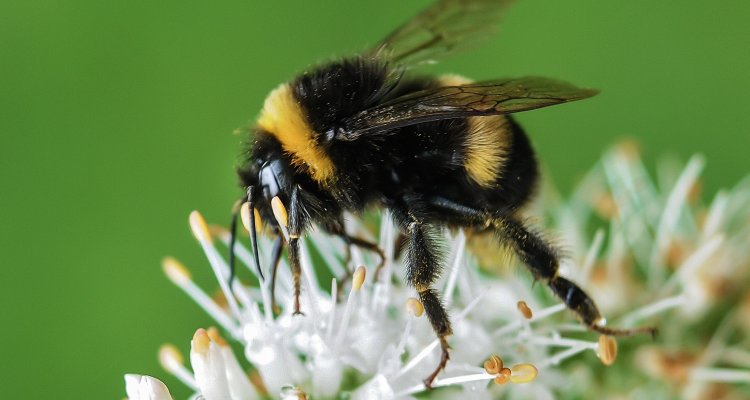
Project
Visual system of bumblebees
We study the visual system of bumblebees. How do bumblebees depend on their visual system to perform well controlled landings?
Bumblebees depend highly on their visual system throughout their lives. For example, they need their visual system for spotting suitable flowers, detecting incoming dangers, and finding back their colony entrance. Also for their flight control, bumblebees depend primarily on their visual system. They have a well-developed visual-motor system that allows them to navigate through cluttered environments, while wind destabilizes their flight, and light conditions can be variable. A close cooperation between the visual and the motor system is needed, especially during landing. In this PhD project I will investigate how bumblebees depend on their visual system to perform well controlled landings. Using high speed video cameras I will study the landing efficiency of bumblebees under different conditions.
A better understanding of the visual-motor system of bumblebees can contribute to increasing the pollination efficiency of bumblebees kept in greenhouses. Currently, greenhouses are experimenting with changing the light conditions towards blue-red coloured LED light to enhance plants growth and blocking UV light to decrease pests. However, these changes in light conditions possibly affect flight control of bumblebees, and consequently their pollination efficiency. A better understanding of the visual-motor system of bumblebees could help understanding and solving this problem.
This project is performed together with the Resource Ecology Group, the Behavioural Ecology Group and the business unit Biointeractions & Plant Health at Wageningen UR, and the industrial partner Koppert Biological Systems.